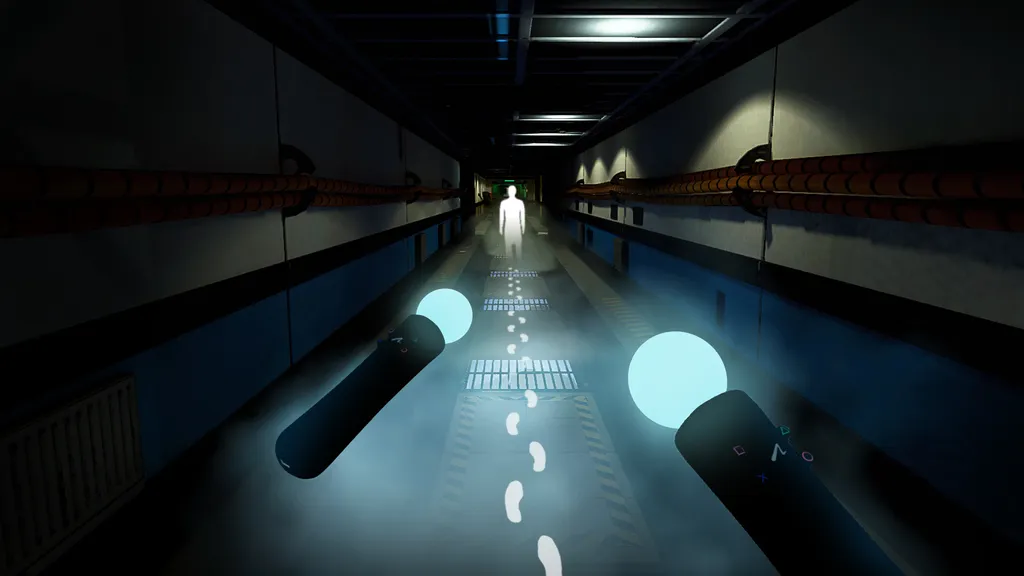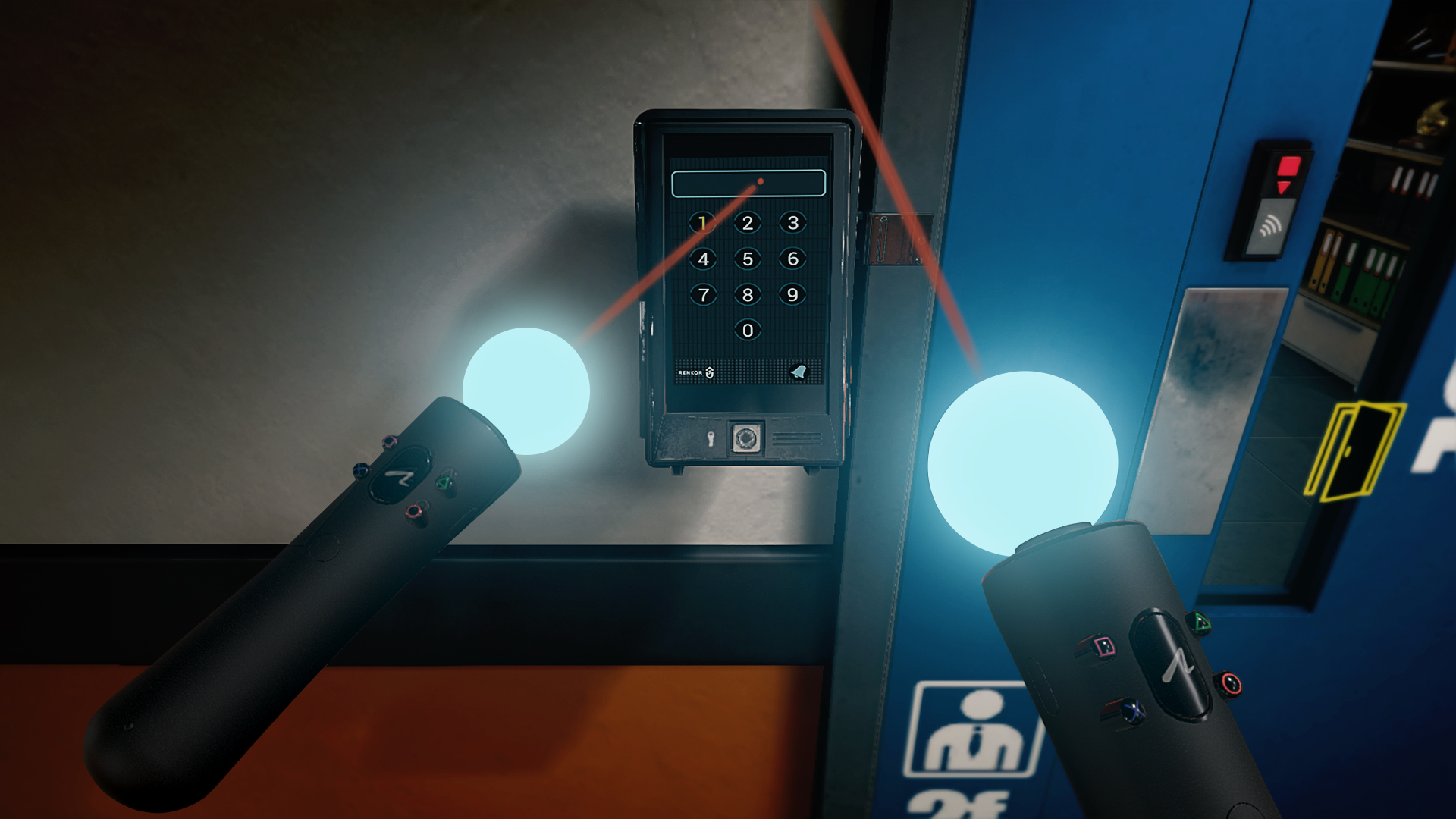nDreams’ The Assembly [Review: 7/10] was in development for a much longer time than many of the VR games you’ll have played in the last nine months.
I remember first hearing the name of the adventure game all the way back in May 2014, where studio CEO Patrick O’Luanaigh name dropped it ahead of an official reveal at that year’s E3. Back then we were waiting on the Oculus Rift DK2 to start shipping, and VR input was still largely based around the traditional controller. It would be nearly a full year before HTC would revolutionize VR control with its Vive wands, and over a year until Oculus would reveal Touch.
When a traditional game has been in development for a long time, it usually means the team behind it has more time to polish the visuals and presentation, and iron out bugs. For early VR games, though, a few extra months of development can be the difference between releasing a state of the art piece of software or yesterday’s news. The Assembly benefited from releasing on Rift early into its controller-only phase, but its Vive version was arguably dated.
Studio Marketing Manager Ben Finch says the team was “blindsided” by the demand for motion controls upon release.
“We looked at it and were like ‘Yeah, maybe we’ve not quite judged it as well as we should have done’,” he says. “We’ve achieved what we set out to do, but that wasn’t necessarily what everyone wanted us to do.”
But nDreams is making it right; The Assembly now supports Touch and the Vive wands, and will be getting PlayStation VR support within the next week. It doesn’t completely change the game, as they act more like pointers than a pair of hands within a virtual environment, but their inclusion will still come as a welcome change for many, and maybe a signal that the gamepad is no longer a suitable input solution for first-person VR games, at least on PC. Even Google’s Daydream has made steps toward hand controls on mobile VR with its Wii remote-like controller.
“It’s interesting,” Finch says, “because there’s certain games within VR that you can’t see ever working without motion control. I suppose if you’re a first-person game which is based around exploration like The Assembly, then maybe it’s less tolerant than a game where you’re locked to a cockpit or not in first-person or something like that.”
I suggest that the situation is a byproduct of the time that The Assembly started development, and Finch agrees. It’s a problem that only a few other titles have — Iris VR’s Technolust also springs to mind — and will surely be resolved for their second wave of games.
Perhaps it’s a sign that Oculus could have done a better job letting developers get involved with Touch earlier, or that it should have been announced earlier? The question is, what’s in the works for VR hardware right now that today’s developers should be working on for tomorrow?




























